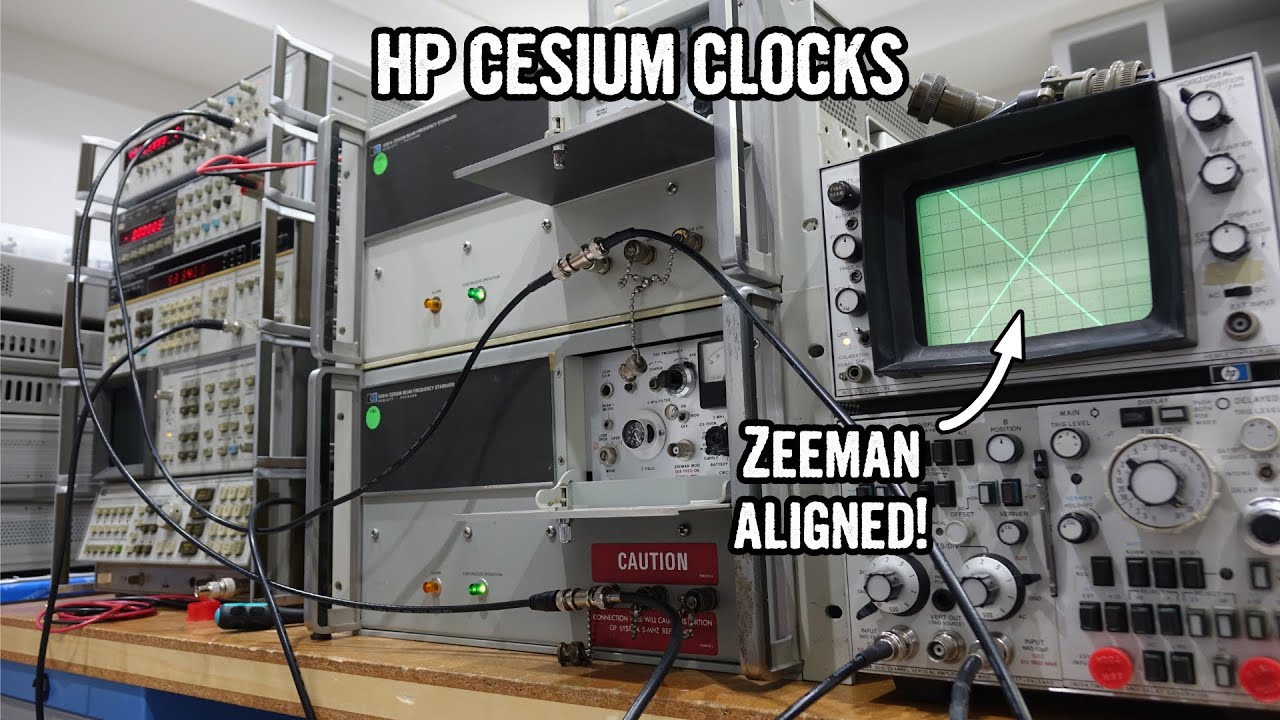The Hewlett-Packard 5061A Cesium Beam Frequency Standard was, for decades, the most accurate commercially-available clock. A bank of these units served as the primary time standard for the U.S. and many other countries until being retired in favour of even more precise units based upon the same technology.
Now when you’ve spent a fortune on a clock (US$ 18,565 when the unit was introduced in 1975, around US$ 100,000 in today’s BidenBucks), you want to get the most out of it, and that requires precisely calibrating the magnetic field in which the cæsium beam operates. After painstakingly degaussing the beam tube to remove residual magnetism, the magnetic field applied within the tube must be adjusted to the exact value where the cæsium atoms produce the frequency used to define the second in the SI system of units. This is done by exploiting the Zeeman effect, a quantum phenomenon which causes the splitting of spectral lines (the so-called hyperfine transition) due to the presence of a static magnetic field.
Hey, it’s only quantum mechanics—how hard can it be?
